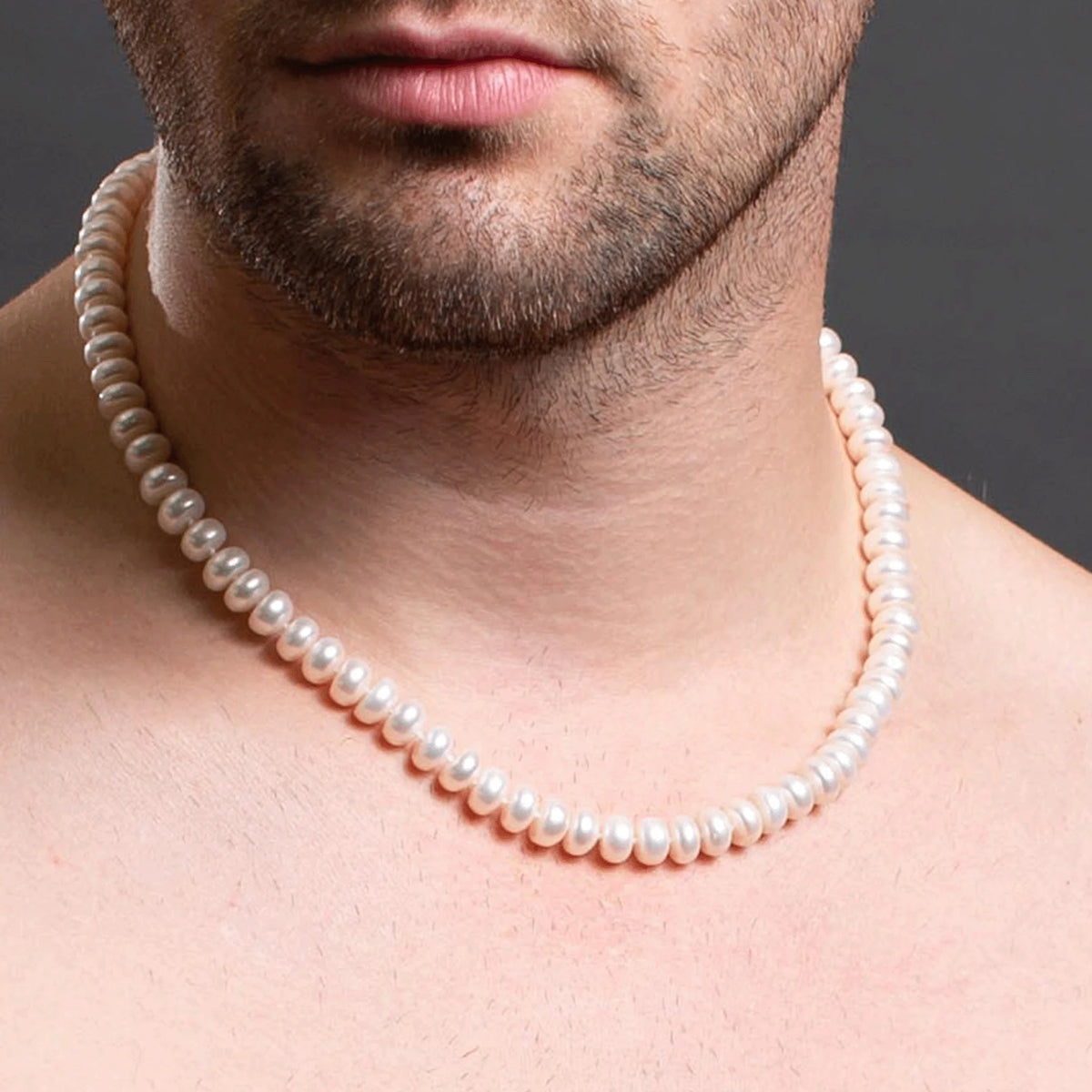DEFINING DIAMANTE
BERML JEWERY for MEN's Collections frequently incorporate semi-precious gemstones and synthetic or artificial alternatives like CZ, lab-grown diamonds, rhinestone, and other diamond simulants such as moissanite, which offer an affordable yet stylish option.
For the sake of clarity, if it glitters- we call it diamante. BERML JEWELRY for MEN's Diamante are clear or white, offering a visually stunning alternative to traditional diamonds, but are also available in all the colors of the rainbow...and black.
MOISSANITE
Moissanite is often labeled as a diamond alternative, is meticulously crafted to mimic the appearance of diamonds; however, its composition and visual characteristics diverge significantly from those of genuine diamonds. The resilience, radiance, and color of these two gemstones exhibit notable differences.
Typically, Moissanites are clear or white, offering a visually stunning alternative to traditional diamonds, but are also available in all the colors of the rainbow...and black.
CZ (CUBIC ZIRCONIA)
Cubic Zirconia (CZ) is a diamond simulant that closely mimics the appearance of natural diamonds, yet it is composed of different materials.
These are lab-created gemstones designed to resemble diamonds, and they are characterized by their colorless nature, formed from the crystalline structure of zirconium dioxide.
Natural and lab-grown diamonds are both composed of carbon, whereas Cubic Zirconia is made from zirconium dioxide (ZrO2). The cubic in cubic zirconia refers to its unique cubic crystalline structure.
Interestingly, both diamonds and cubic zirconia share this cubic crystalline formation, making cubic zirconia a remarkable diamond alternative.
Typically, CZs are clear or white, offering a visually stunning alternative to traditional diamonds, but are also available in all the colors of the rainbow...and black.
SYNTHETIC DIAMONDS
Synthetic diamonds, also known as lab-grown diamonds, man-made diamonds, engineered diamonds, or cultured diamonds, are created in meticulously controlled laboratory environments using advanced technological processes.
These methods replicate the conditions under which natural diamonds form in the Earth's mantle. Composed of genuine carbon atoms arranged in the unique crystalline structure characteristic of diamonds, lab-grown diamonds offer the same brilliance and durability as their natural counterparts.
Interestingly, the pricing of these lab-grown diamonds is quite competitive when compared to alternatives such as Moissanite and Cubic Zirconia.
Typically, synthetic diamonds are clear or white, offering a visually stunning alternative to traditional diamonds, but are also available in all the colors of the rainbow...and black.
SEMI-PRECIOUS GEMSTONES
Semi-precious gemstones refer to all gemstones that do not belong to the elite Precious Four: Diamond, Ruby, Blue Sapphire, and Emerald. Any gemstone outside these four is classified as semi-precious.
The array of these semi-precious stones is vast, yet some of the more well-known examples include alexandrite, agate, amethyst, aquamarine, garnet, lapis lazuli, moonstone, opal, pearl, peridot, rose quartz, spinel, tanzanite, tourmaline, turquoise, and zircon.
In today's market, certain semi-precious gemstones can rival or even exceed the value of precious stones. Spinels serve as a prime example of this phenomenon.
Additionally, many semi-precious stones can be rarer than their precious counterparts. Examples include demantoid garnets, tsavorite garnets, and a variety of other semi-precious gemstones that are notably difficult to find, mine, and obtain, often in quantities less abundant than those of the precious stones.











